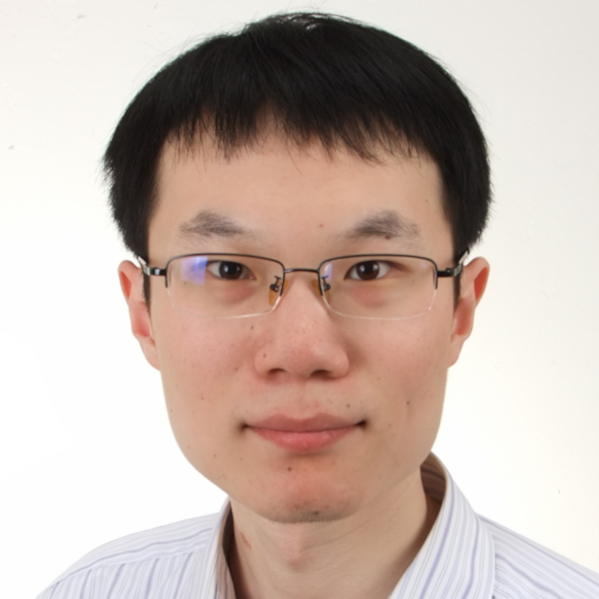...
Candidate (Using @ macro) | Biography | Candidate's Statement |
|---|---|---|
| Dan Timoney | ||
Keguang He is a Software Architecture Engineer at China Mobile, with over a decade of experience in the telecommunications field, my primary focus has been on autonomous network and Intent-based network solutions. I have been an active member of the ONAP community since 2019, primarily participating in use cases such as End-to-End Network Slicing, Test Topology Auto Design, and Intent-based networking. I have made substantial contributions, totaling over 25,000 lines of code, to these use cases. As the PTL of the ONAP UUI project, I am responsible for its day-to-day maintenance, ensuring that the project aligns with the requirements of the ONAP community. Furthermore,I have taken the role of owner for the general Intent model and Intent interface requirement, providing ONAP with a comprehensive Intent solution and related use cases. I also hold the position of a liaison officer, fostering collaboration between ONAP and NFV, as well as ONAP and 3GPP SA5. Additionally, serving as the Vice Chair of the ONAP TSC, I am actively dedicated to promoting collaborative efforts with other standards organizations. | If I am honored with the opportunity to serve as an ONAP TSC Member, I will continue to contribute to the harmonization and alignment between ONAP and other relevant open-source communities and standards organizations. I am committed to advancing open-source work related to Intent-based networking and will continue to act as a liaison officer to facilitate collaboration between ONAP, NFV, and 3GPP SA5. Furthermore, Nephio has already joined the LFN, so my team and I will pay close attention to Nephio while exploring opportunities for cooperation between Nephio and ONAP. | |
| N. K. Shankaranarayanan (Shankar) is an Affiliate Research Scientist with Rutgers WINLAB, with research interests covering wireless networks and technologies, wireless standards and open-source solutions. Prior to this, he worked at AT&T Labs Research and STL Access Solutions. His work has spanned diverse areas including network automation solutions, wireless field trials, service and network quality management, radio propagation, full-duplex wireless, fixed wireless systems, and optical fiber/cable systems. He led the development and production deployment of the first cloud-based 5G SON solution in AT&T. He serves on the ONAP TSC and LFN TAC Committees, and has served on the WiMAX Forum Board of Directors. Shankar has 95+ patents in his name and 50+ research publications. He has a Ph.D. from Columbia University, an M.S. from Virginia Tech, and a B.Tech from the Indian Institute of Technology Bombay, all in Electrical Engineering. | I have served on the ONAP TSC for 2 years, and represent ONAP on the LFN Technical Advisory Committee. I have worked to promote synergy and alignment of ONAP with O-RAN and O-RAN SC, and my work was recognized with an ONAP Citizenship award for the London release. I have been the ONAP 5G SON Use Case lead since the Casablanca release; under my leadership, the ONAP SON Use Case team had several successful PoC demonstrations. We had a strong and early focus on being aligned with O-RAN and 3GPP. The solution includes flows for actions using O-RAN O1 and A1 interfaces, FM/PM/CM notifications from the RAN, a RAN-Sim simulator component, and a methodology for incorporating AI/ML in the applications. After a 29-year research career at AT&T Labs, I worked in an O-RAN startup environment, and now I am with Rutgers University WINLAB which is at the forefront of wireless network research with a world-class experimental wireless network testbed and industry/university collaborations. I can offer a unique viewpoint by combining my broad wireless background, operational ONAP deployment insights, global standards experience, and university research perspective. My objective in ONAP and open source has been to foster an open ecosystem for mobile networks and make open source relevant to the industry. If I have the honor of continuing to serve on the TSC, I will continue my work to maximize synergy and alignment between ONAP and O-RAN/OSC. | |
Dr. Dong Wang currently works as a senior research engineer at China Telecom Research Institute (Beijing). The research & development group focuses on the next generation network reconstruction of China Telecom, which is named the target of CTNet2025 whitepaper. Based on SDN/NFV technology, lots of outputs have been achieved by the team in the architecture, orchestration and full-stack solutions of 5GC, SD-WAN and so on. | Dear ONAP community, Best regards, Dong Wang | |

